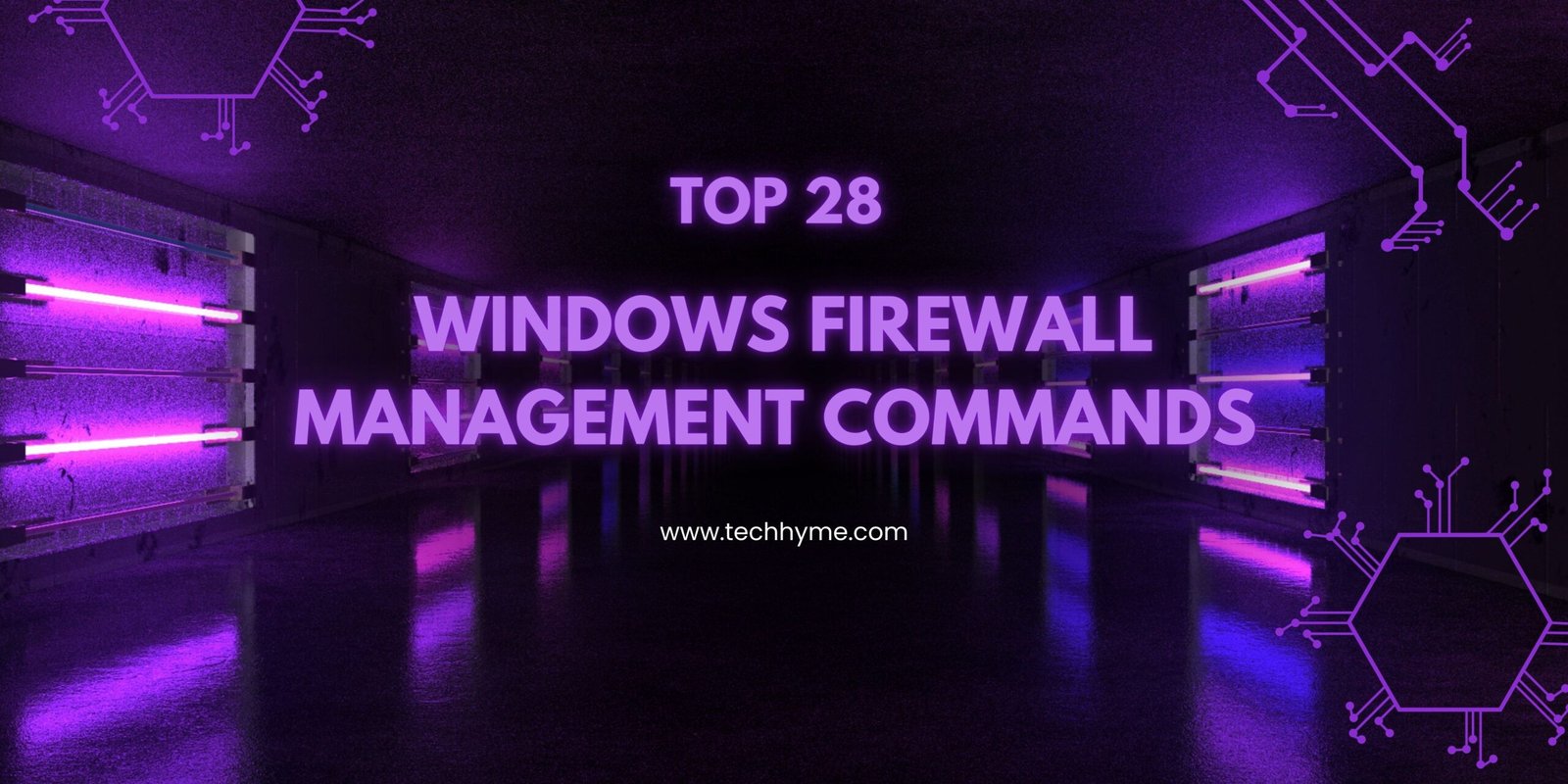
Information technology (IT) is the backbone of modern organizations, and with its pervasive use comes a wide array of potential risk events. Managing these risks is crucial for the continuity and security of operations.
Here are several types of risk events that organizations may encounter in their use of information technology:
- Breaches
- Equipment Failure
- Extortion
- Natural Disasters
- Fires and Floods
- Sabotage
- Intrusion, Data Theft, and Ransomware
- New Regulations
- Regulatory Fines
- Staff Turnover
- Supplier Shortages
- Strikes, Riots, and Demonstrations
- Terrorist Attacks and Acts of War
1. Breaches: Data breaches involve unauthorized access to sensitive information, potentially leading to data theft or exposure. These events can have severe consequences, including reputational damage and legal repercussions.
2. Equipment Failure: IT systems rely on various hardware components, and equipment failures can disrupt operations. Whether it’s a server crash, a network switch malfunction, or a hard drive failure, such incidents can result in downtime and data loss.
3. Extortion: Extortion may involve cybercriminals threatening to expose sensitive data or launch a cyberattack unless a ransom is paid. These events can lead to financial losses and damage to an organization’s reputation.
4. Natural Disasters: Natural disasters such as earthquakes, hurricanes, or tornadoes can result in physical damage to data centers and IT infrastructure. Without adequate disaster recovery and business continuity plans, such events can lead to extended downtime.
5. Fires and Floods: Fires and floods pose significant risks to physical data centers, servers, and IT equipment. Water damage from sprinkler systems or fire suppression efforts can compound the damage caused by fires.
6. Sabotage: Sabotage involves deliberate actions by insiders or malicious actors to harm an organization’s IT systems or data. This can include tampering with data, disabling security measures, or introducing malware.
7. Intrusion, Data Theft, and Ransomware: Cyberattacks, including intrusions, data theft, and ransomware incidents, can result in data loss, financial losses, and operational disruption. Cybercriminals may demand a ransom for the release of encrypted data.
8. New Regulations: The introduction of new regulations or changes to existing ones can create compliance risks for organizations. Failure to adhere to these regulations can result in legal consequences and financial penalties.
9. Regulatory Fines: Non-compliance with regulations or failure to protect customer data can lead to regulatory fines. Organizations must navigate complex compliance requirements to avoid these financial penalties.
10. Staff Turnover: High staff turnover, particularly in critical IT roles, can disrupt operations and knowledge transfer. Losing key personnel may lead to reduced IT efficiency and effectiveness.
11. Supplier Shortages: Dependencies on specific suppliers for critical IT components can expose organizations to risks related to supply chain disruptions. Shortages of hardware, software, or services can affect IT operations.
12. Strikes, Riots, and Demonstrations: Social and political events, such as strikes, riots, and demonstrations, can disrupt physical access to data centers or workplaces. This can hinder employee productivity and IT infrastructure access.
13. Terrorist Attacks and Acts of War: Acts of terrorism or war can lead to physical damage to IT infrastructure, communication disruptions, and cybersecurity threats. These events can have far-reaching consequences for organizations.
Mitigating these risk events requires a comprehensive risk management strategy, including disaster recovery plans, cybersecurity measures, compliance efforts, and proactive monitoring. Organizations must be prepared to respond to these risk events swiftly and effectively to minimize the impact on their operations and reputation.








